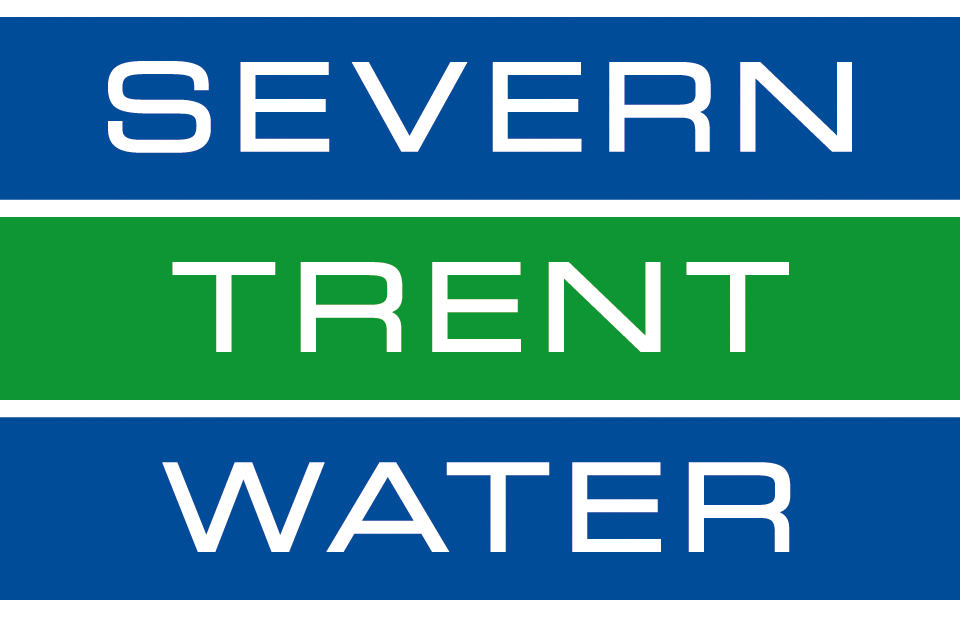Enhancing customer service through GIS
To help respond to over 140,000 incident reports every year, Severn Trent Water integrated Esri GIS technology into its customer relationship management (CRM) system. Call centre agents can now locate burst pipes and other faults with far greater accuracy, enabling field-based engineers to make repairs more quickly and cost effectively.
The Customer
Severn Trent Water is one of the UK’s largest utility companies, supplying nearly two billion litres of drinking water a day to eight million people in an area of more than 21,000 square kilometres.
Call centre agents can now record accurate incident locations, over the phone, in half the time than before
With accurate location information, engineers waste less time looking for incidents, saving money and enabling repairs to be made more promptly
Severn Trent Water uses the incident map to reduce the time previously required to produce reports for OFWAT
The Challenge
Every year, Severn Trent Water receives over 140,000 incident reports, such as burst pipes and interrupted water supplies. The company has a duty to respond quickly– but it was often hard to establish the exact location: service centre staff had to find a vaguely defined place, using road atlases and directories.
Up to 95% of incidents lacked a precise grid reference so jobs were sometimes wrongly routed. “Sending an engineering repair team to a wrong location is a very expensive mistake to make”, explains Dave Pearson, lead GIS architect at Severn Trent Water. “Valuable time is lost and a lot of additional effort is wasted trying to find out the correct location”, increasing costs and damaging customer relationships.
We felt that Esri’s GIS technology would give us the fastest possible retrieval of addresses and maps. Indeed, it has lived up to our expectations and, in some areas, surpassed them
Doug Cubin- GIS Consultant to Severn Trent Water
The Solution
Severn Trent Water decided to solve this with a comprehensive and flexible gazetteer service, backed up with digital maps. “We needed a way to ensure the accuracy of the location information collected in the service centre”, says Pearson. “By greatly reducing the probability of sending out inspectors and teams to the wrong location, we felt that we had an opportunity to improve efficiency and reduce costs.”
Based on successful use of GIS solutions from Esri UK to manage underground assets, “We felt that Esri’s GIS technology would give us the fastest possible retrieval of addresses and maps. Indeed, it has lived up to our expectations and, in some areas, surpassed them”, says Doug Cubin, GIS consultant to Severn Trent Water.
They chose Esri UK’s Intranet mapping solution to make GIS available to all service centre staff, and developed a gazetteer application (based on Esri’s spatial database engine) for comprehensive searching by address, motorway junction, schools and even chemists and pubs. “If a caller reports a problem on the bend in the road, and can roughly describe the area and a landmark or two, we can find it!” say Severn Trent Water.
To obtain a precise address and postcode, staff follow an on-screen workflow in a customer relationship management (CRM) application, which opens the GIS automatically. Staff drill down into the maps, looking for what the caller describes; when they find it, clicking on the map attaches a precise X-Y coordinate to the incident report, along with the postcode of the nearest address.
Almost immediately, GIS became indispensable in the call centre
Doug Cubin – GIS Consultant to Severn Trent Water
The Benefits
GIS has transformed the way that customer agents work and has dramatically improved efficiency. Field teams usually find incidents quickly: less wasted time reduces costs and improves customer service.
- The time taken to record an incident location has more than halved.
- In at least 95% of calls requiring a field visit, engineers have an accurate grid reference and address before they leave.
- The annual incident map that Severn Trent Water provides for OFWAT is used for analysing patterns and clusters and for deciding infrastructure investment: it is now much quicker and simpler to produce. The precise logging of X-Y coordinates enable automatic processing of much of the data, avoiding painstaking manual data cleansing.
- Time saved on incident logging and data cleansing has been used for other quality improvements.
“To make this year’s reporting a less onerous task it really was crucial for us to get an accurate spatial reference for each incident report – and that’s precisely what we have achieved”, says a Severn Trent Water consultant.
The huge success of the GIS is evidenced by users’ enthusiasm. The intuitive interface and seamless integration with existing workflows ensured rapid acceptance so that it became indispensable. “It has become a ‘priority one’ business system. If a hardware failure causes a system outage, it has to be fixed straight away.”
We will be able to make this GIS available to potentially several thousand employees located across multiple sites, and will look to Esri UK for help to realise this vision
Severn Trent Water
The Future
GIS was initially used by 250 customer agents at one site. Severn Trent Water plans to make an adapted version available to all employees, so they can search and access accurate digital maps over the Intranet. “Scalability is a key advantage of the GIS solutions”, say Severn Trent Water. “We will be able to make this GIS available to potentially several thousand employees located across multiple sites, and will look to Esri UK for help to realise this vision.”



